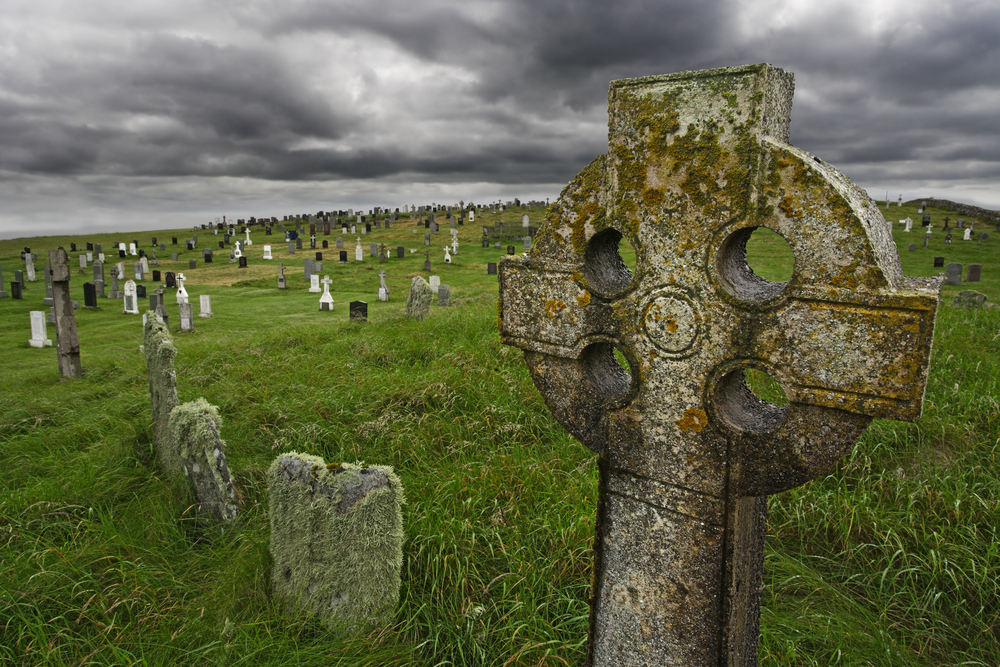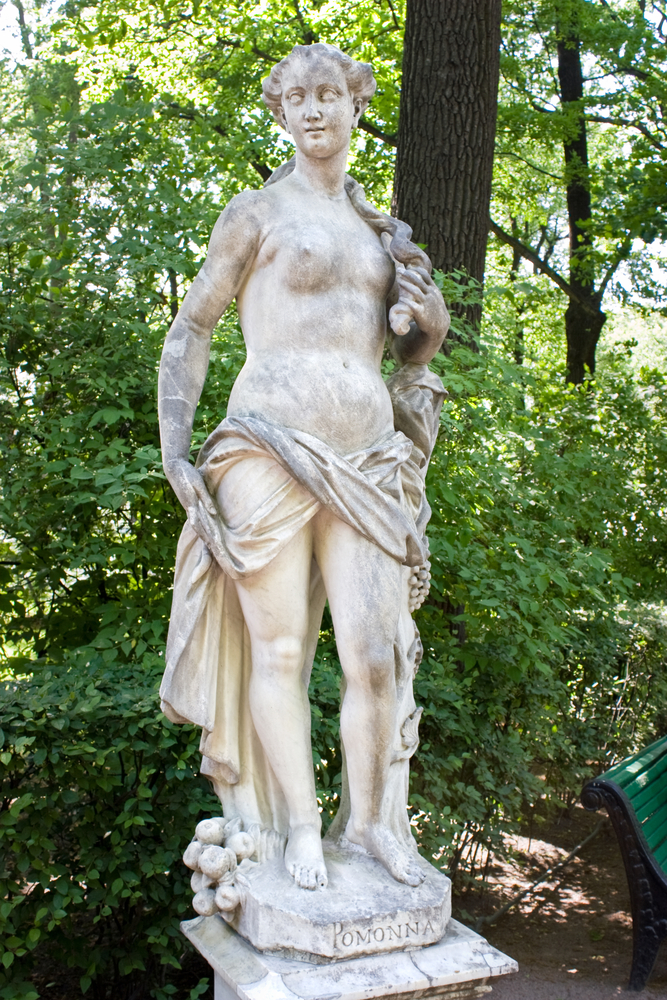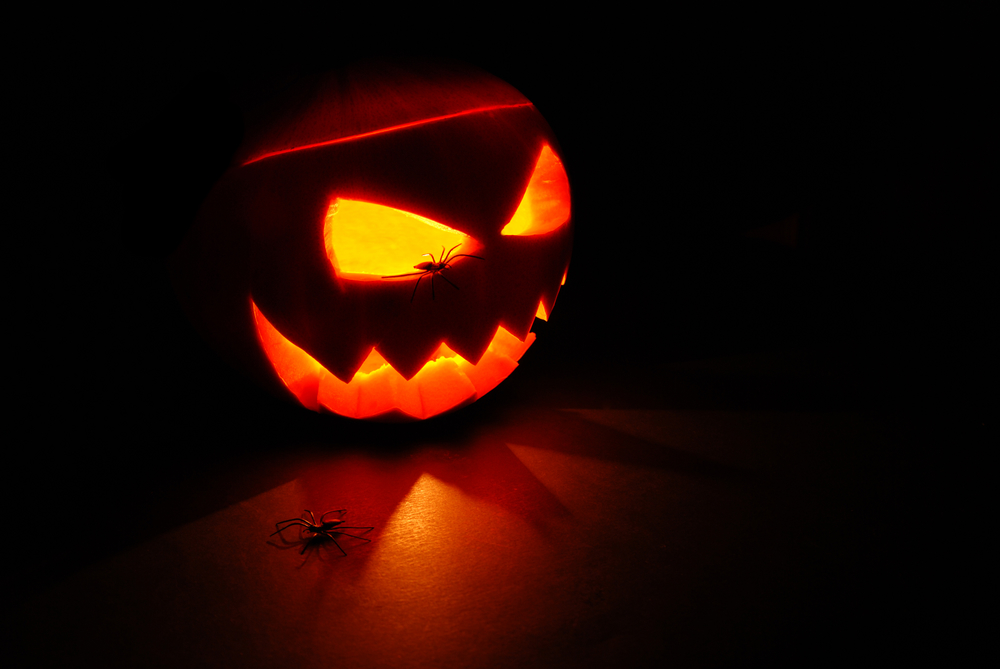Halloween is slowly gaining traction here in Malaysia with more and more people throwing Halloween parties, costume parties, and even organising trick-or-treating events. Every year when October comes around, we prepare ourselves for spooky stories of hauntings, sightings, and supernatural experiences – spicing it up in Malaysia with our local tales of pocong and orang minyak.
But where did this celebration or festival come from? It came to Malaysia from the West via TV shows, books, movies, and expats.
2,000 year old Celtic festival
Going a little further back, the tradition of Halloween actually dates back to about 2,000 years. Historians believe that the earliest traces of Halloween is the ancient Celtic Festival of Samhain (pronounces sah-win, translates to summer’s end) which was the Celtic New Year. They believed that on this day, which marks the end of fall and the beginning of winter, the lines between the world of the living and dead were blurred, thus the souls of the dead would roam around in the living world to haunt and play tricks on the living.

The beginning of winter was thought to be quite significant, a time when farms would be ‘dead’ and the people would have to survive through winter on food harvested beforehand. The cold, dark, winter was also associated with death, when many people would die due to cold or hunger. It was also believed that Celtic priests, commonly known as Druids, were more in touch with the netherworld on this day, therefore it was easier for them to make predictions and prophecies.
The Druids celebrated Samhain with huge bonfires, dancing around it to keep away evil spirits. They also wore costumes of animal skin and heads, burned crops and sacrificed animals. It was also believed that the roaming spirits would look to possess a living body for the rest of the year, that’s why dressing up as goblins, witches, and other gruesome characters would confuse the spirits. It was a way for the living to avoid being possessed.
The evolution to All Hallows Eve
Eventually, when Romans conquered the Celtic territory, the Roman festival Feralia – the commemoration of the passing of the dead – and the day of honouring the goddess of fruits and trees, Pomona were intermingled with the celebration of Samhain. The goddess Pomona’s symbol was an apple, which is where the ‘apple bobbing’ tradition might have taken root.

When Christianity came along, the Roman Catholic Church often merged modified aspects of old traditions to win converts. So Pope Gregory IV in 835 substituted Samhain with All Saints’ Day, to be celebrated on 1st of November. The day before that, Samhain, then came to be known as All Hallows’ Eve, and eventually Halloween. However, All Souls’ Day on 2nd November which was started by a French monastery in 998 resembles Samhain a little more than All Saints Day does.
By the 16th century, Christian children celebrated All Saints’ Day by doing the Dance of Death, or Danse Macabre which tells the tale of seven brothers who died gruesome deaths according to a book in the Bible. The children would dress up in grizzly costumes to signify these deaths and celebrate the Christian version of the day of the dead. The story focused on the fragility of life and how useless and vain the material life is in death, which doesn’t exactly match the stomach-churning presentation of the tale.
By the time Halloween made its way to America via European immigrants, the festival had changed significantly from the original Samhain commemoration of the start of winter. Costumes were now the norm thanks to the Christian All Saints’ Day celebration and the ‘trick’ part saved from the original Samhain belief of prankster ghosts. Other supernatural entities merged with Halloween throughout the years, like fairies from Irish folklore and eventually, witches, ghouls, Frankenstein’s monster, and vampires. Slowly, the tradition became a community festival and eventually, it grew into the huge commercial juggernaut in the late 20th century.
Halloween was aimed at the young to give them an avenue for expressing their creative juices and limit vandalism; costumes broadens to include princesses, superheroes, and celebrities; and trick-or-treating has become a necessary social experience in western culture, especially in the US.
But wait. What about pumpkins?

There’s a simple explanation for that. There’s an Irish legend of a drunken farmer that made deals with the devil. When he died, he was turned away at the gates of Heaven and Hell for his dealings which forced him to wander the space between living and dead, purgatory. The farmer, whose name was Jack, made a lantern using a carved out turnip and a lump of coal to guide his lost soul through purgatory. So in Ireland, they would make their own turnip lamps to keep Jack and other wandering spirits away. When Irish immigrants made it to America during the great potato famine, they found plenty of pumpkins growing wild in the new land. So they started using pumpkins for their Jack o’ Lanterns instead of turnips. Pumpkins were probably easier to carve out, anyway.
Not-so-spooky facts
- Over 844 million pounds of pumpkin was produced in the US in 2015, not even close to the 1.4 billion pounds produced in 2014.
- In the US, Halloween is an USD8 billion industry
"ExpatGo welcomes and encourages comments, input, and divergent opinions. However, we kindly request that you use suitable language in your comments, and refrain from any sort of personal attack, hate speech, or disparaging rhetoric. Comments not in line with this are subject to removal from the site. "



















Nonsense cave superstitions people celebrate , specially in Asian continent where people enjoy winter, it dosnt make sense.